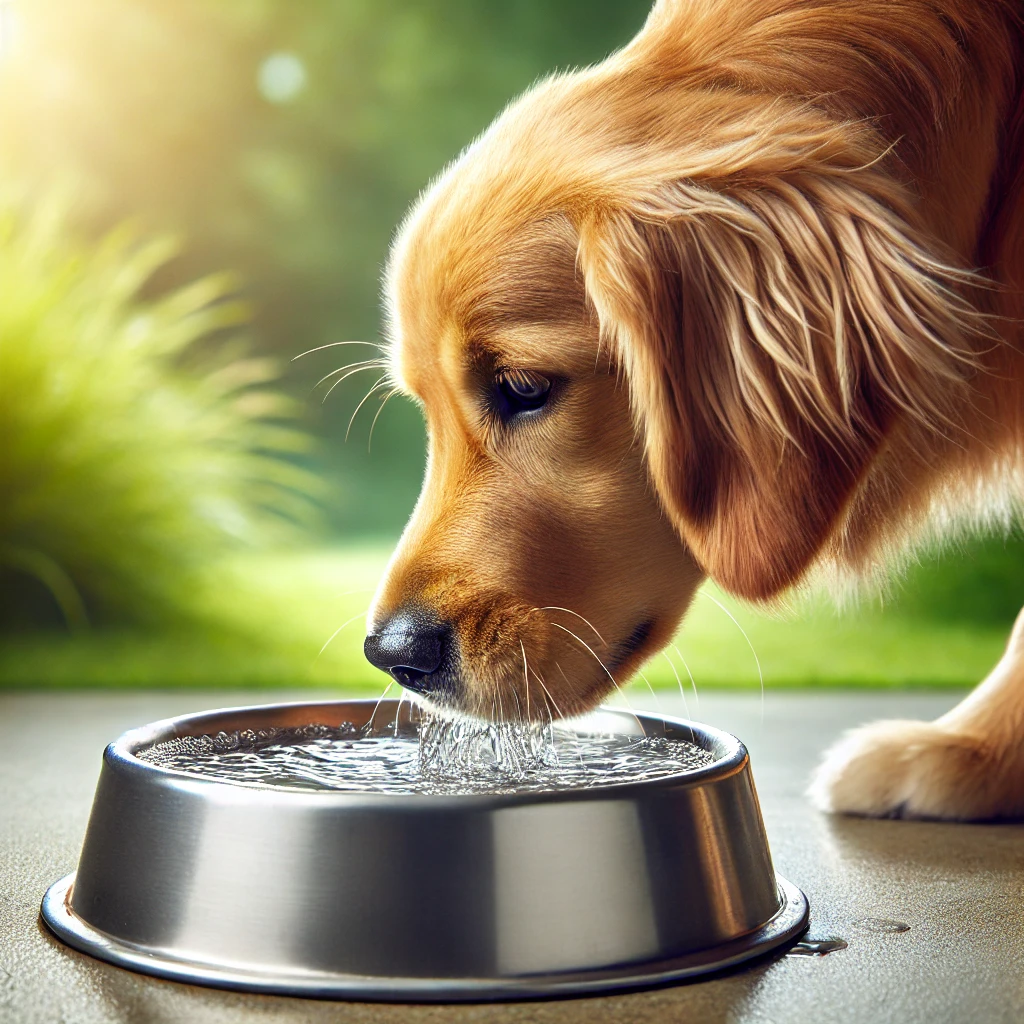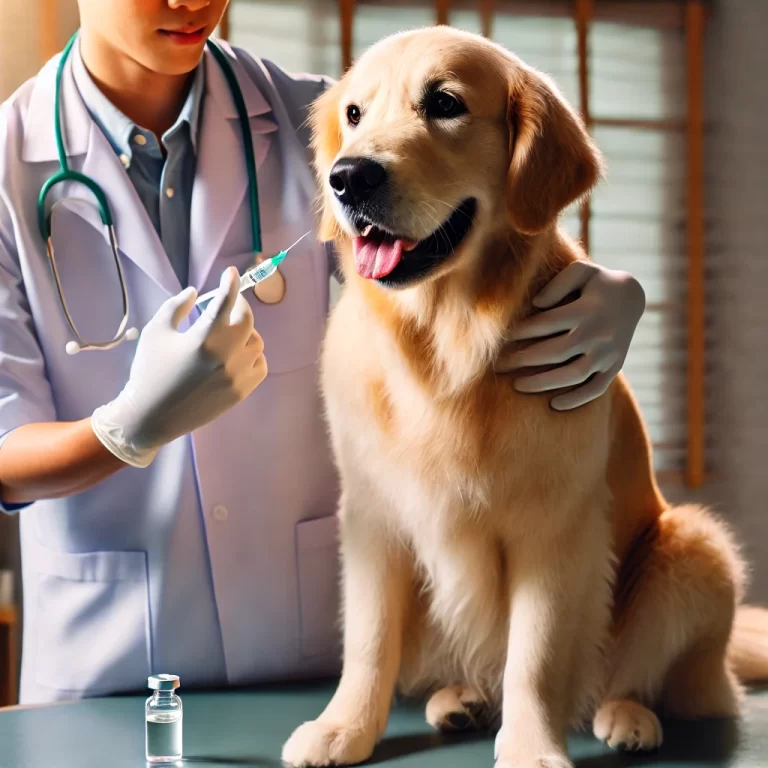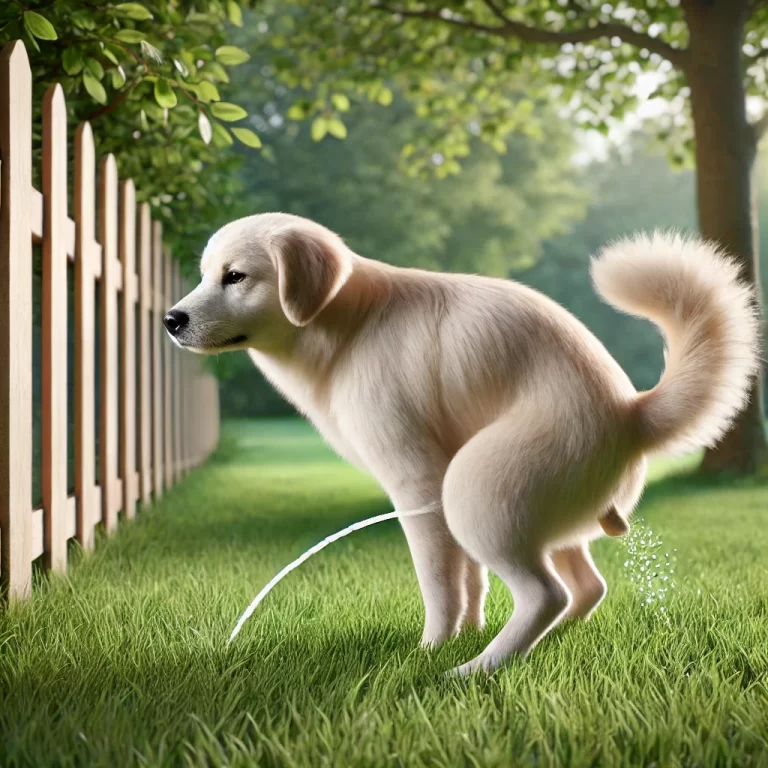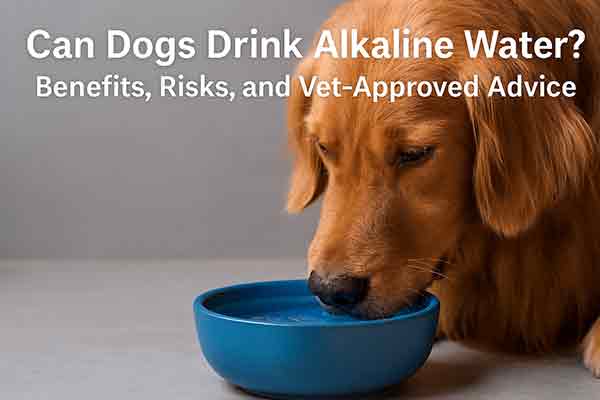How Long Can a Dog Go Without Water?
Introduction
Water is essential for a dog’s survival, just as it is for humans. It plays a crucial role in digestion, temperature regulation, circulation, and overall health. But how long can a dog go without drinking water before dehydration becomes a serious issue? Whether you’re a pet owner concerned about your dog’s hydration or you’re planning a trip and want to ensure your dog stays healthy, this guide will provide all the answers.
How Long Can a Dog Survive Without Water?
Dogs can typically survive up to 72 hours (three days) without water, but dehydration symptoms can appear within 24 hours. By the second day, a dog’s health begins to deteriorate, and by the third day, they may be at risk of severe organ damage or death.
However, the exact time frame depends on several factors, including:
-
Size and breed (smaller breeds dehydrate faster)
-
Age (puppies and senior dogs are more vulnerable)
-
Activity level (active dogs lose more water)
-
Weather conditions (hotter climates increase dehydration risks)
-
Health status (dogs with medical conditions may need more water)
Signs of Dehydration in Dogs
Dehydration can have serious consequences, so it’s crucial to recognize the symptoms early. Some common signs of dehydration in dogs include:
1. Excessive Panting
Dogs regulate their body temperature through panting. If your dog is panting excessively, it may be a sign of dehydration.
2. Dry Nose and Gums
A hydrated dog will have a moist nose and pink, moist gums. If they feel dry or sticky, your dog might be dehydrated.
3. Loss of Skin Elasticity
A simple skin pinch test can indicate dehydration. Gently pinch your dog’s skin between the shoulder blades. If it snaps back quickly, your dog is hydrated. If it returns slowly or stays in place, your dog needs water.
4. Loss of Appetite
Dehydrated dogs often lose interest in food because their bodies are prioritizing hydration.
5. Dark Yellow or Strong-Smelling Urine
Healthy dogs produce pale yellow urine. Darker, stronger-smelling urine may indicate dehydration.
6. Weakness and Lethargy
Lack of water leads to low energy levels. If your dog seems unusually tired or weak, dehydration could be the cause.
7. Sunken Eyes
Sunken or dull eyes are a late-stage dehydration symptom and require immediate veterinary attention.
What Happens if a Dog Goes Too Long Without Water?
If a dog remains dehydrated for too long, serious health complications can arise, including:
-
Heatstroke – Especially in hot weather, dehydration can lead to heat exhaustion or heatstroke, which can be fatal.
-
Kidney Failure – The kidneys rely on water to filter toxins from the blood. Without water, they may begin to shut down.
-
Shock and Organ Failure – As dehydration progresses, blood circulation is affected, leading to organ damage.
If your dog hasn’t had water for more than 24 hours, contact your veterinarian immediately.
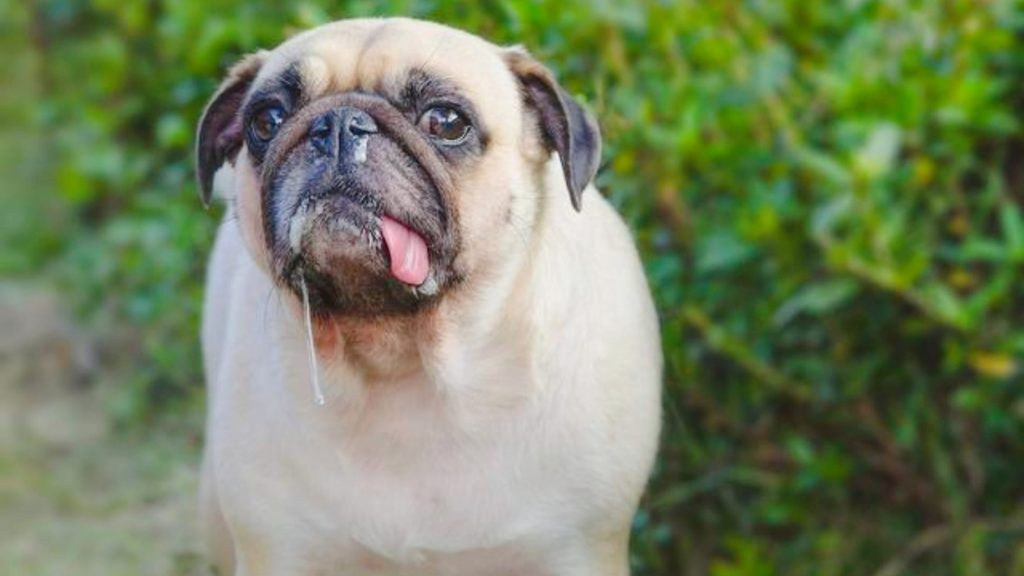
How to Prevent Dehydration in Dogs
1. Always Provide Fresh Water
Make sure your dog has access to clean, fresh water at all times. Wash their water bowl regularly to prevent bacterial growth.
2. Increase Water Intake with Wet Food
If your dog doesn’t drink enough water, try adding wet food or broth to their meals to boost hydration.
3. Encourage Drinking
Some dogs need extra encouragement to drink water. Try:
-
Using a pet water fountain (dogs love running water!)
-
Offering ice cubes as treats
-
Mixing water with low-sodium chicken broth
4. Monitor Water Intake
Keep track of how much your dog drinks each day, especially in hot weather or after exercise.
5. Bring Water on Walks and Trips
Always carry a portable water bottle and bowl when taking your dog outdoors.
What to Do If Your Dog Won’t Drink Water
If your dog refuses to drink water, try these methods:
-
Check the water bowl – It may be dirty or in an unappealing location.
-
Change the water source – Try offering bottled water or filtered water.
-
Use a flavored liquid – Low-sodium chicken or beef broth can encourage drinking.
-
Syringe-feed water – If necessary, use a syringe to give small amounts of water.
If your dog still refuses to drink for more than 12-24 hours, seek veterinary attention immediately.
Frequently Asked Questions
1. How Much Water Should a Dog Drink Daily?
On average, dogs need one ounce (30ml) of water per pound of body weight per day. A 50-pound dog should drink at least 50 ounces (about 1.5 liters) of water daily.
2. Can a Dog Go Without Water Overnight?
Yes, most dogs can go without water for about 8-10 hours overnight without issues. However, always provide access to water in case they wake up thirsty.
3. Do Dogs Drink Less Water in Cold Weather?
Yes, dogs tend to drink less water in winter. However, they still need adequate hydration, especially if they eat dry kibble.
4. How Can I Tell if My Dog is Drinking Enough Water?
Monitor their urine color and frequency. Pale yellow urine and regular bathroom breaks indicate good hydration.
5. Should I Be Worried if My Dog Hasn’t Drunk Water for a Day?
Yes! If your dog hasn’t consumed water in 24 hours, contact a veterinarian immediately.
Conclusion
A dog can technically survive for up to 72 hours without water, but symptoms of dehydration begin within 24 hours. To keep your furry friend healthy, always provide fresh water, encourage hydration, and monitor their drinking habits. If your dog shows signs of dehydration or refuses to drink, seek veterinary help immediately.
By ensuring your dog stays hydrated, you’re taking an essential step toward their long-term health and happiness.
This article is optimized for Google SEO, ensuring high readability, natural keyword integration, and valuable information that pet owners are searching for. Let me know if you’d like any modifications!

